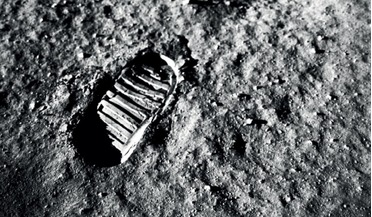 October 2015
The Global Space Governance Study – A new regulatory framework for New Space?
October 2015
The Global Space Governance Study – A new regulatory framework for New Space?
... stations, robotic freighters, and even the deployment of private space stations and space colonies in orbit or on celestial bodies. Many of these activities involve totally new types of commercial space ventures including the actual development and...
 March 2016
Space debris conundrum for international law makers
March 2016
Space debris conundrum for international law makers
... Governing the Activities of States in the Exploration and Use of Outer Space, including the Moon and Other Celestial Bodies (Outer Space Treaty), adopted on 19 December 1966 and entered into force on 10 October 1967, Resolution 2222(XXI...
 November 2017
Preserving Apollo’s lunar legacy
November 2017
Preserving Apollo’s lunar legacy
... landing site. Article II of the Treaty states that “outer space, including the Moon and other celestial bodies, is not subject to national appropriation by claim of sovereignty, by means of use or occupation or by any other means.” It is a principal...
 June 2018
Archaeologist of the future
June 2018
Archaeologist of the future
... business. Kepler wrote, in an open letter to Galileo: “We shall prepare, for the brave sky-travellers, maps of the celestial bodies – I shall do it for the moon, you Galileo, for Jupiter.” In his series of planet paintings, Paul Van Hoeydonck...
 October 2018
Mining the Moon for fun and profit
October 2018
Mining the Moon for fun and profit
... activities that has been signed by the relevant space capable nations. It prohibits claims of national sovereignty over celestial bodies but does not explicitly prohibit the appropriation and use of space resources. In the absence of further...
 January 2019
Saving humanity – is space up to the job?
January 2019
Saving humanity – is space up to the job?
... it here on Earth” - Arthur C Clarke Of course, what might be devised for Earth could be implemented for another celestial body. It might make sense to develop an experimental test shield for Mars before seeking to do it for Earth. A Martian...